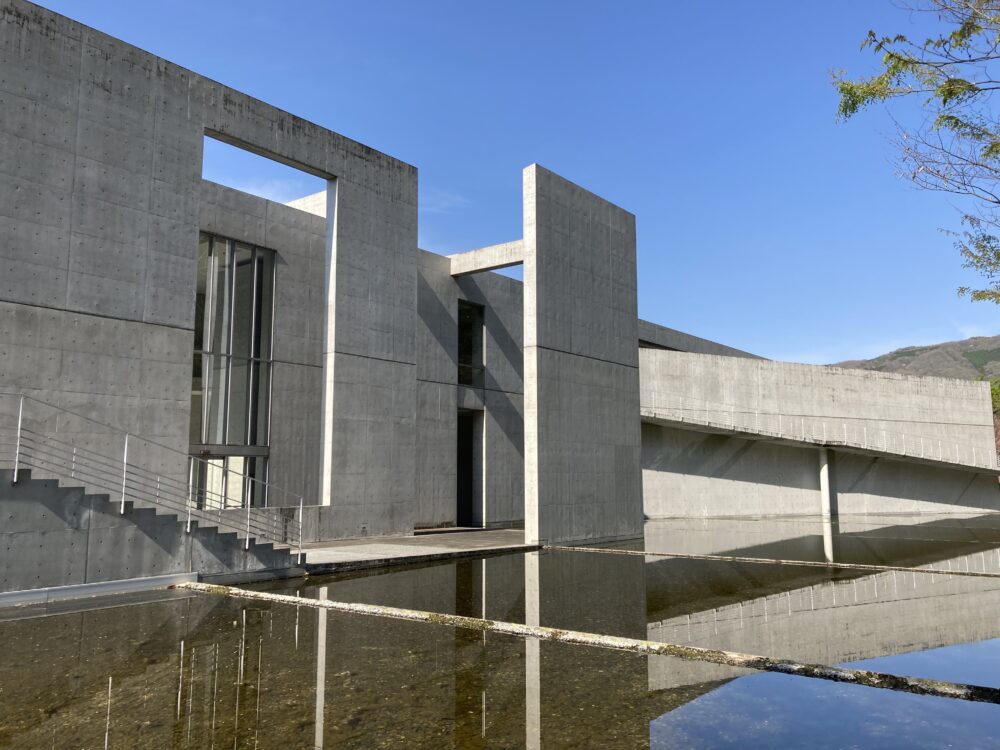
Looking for art and quiet countryside charm in inland Okayama? Head to Takahashi City and discover the hidden gem that is the Nariwa Museum of Art.
Located in a peaceful mountain town, the Nariwa Museum of Art blends beautifully into the natural landscape of Takahashi City, Okayama Prefecture. This quiet yet striking museum first opened in 1953 and has long been a cultural landmark in the region. It was established to honor the legacy of Torajiro Kojima, a Western-style painter born in Takahashi and known for his key role in helping to found the Ohara Museum of Art in Kurashiki.
The current building, redesigned in 1994, was created by world-renowned architect Tadao Ando. True to his signature style, the museum features bold use of exposed concrete and minimalist design.
Nestled at the foot of lush, green mountains to the south, the museum seems to melt into its surroundings. It’s a place where calmness and strength coexist—offering a unique and powerful art experience in the heart of nature.
Who Was Torajiro Kojima?
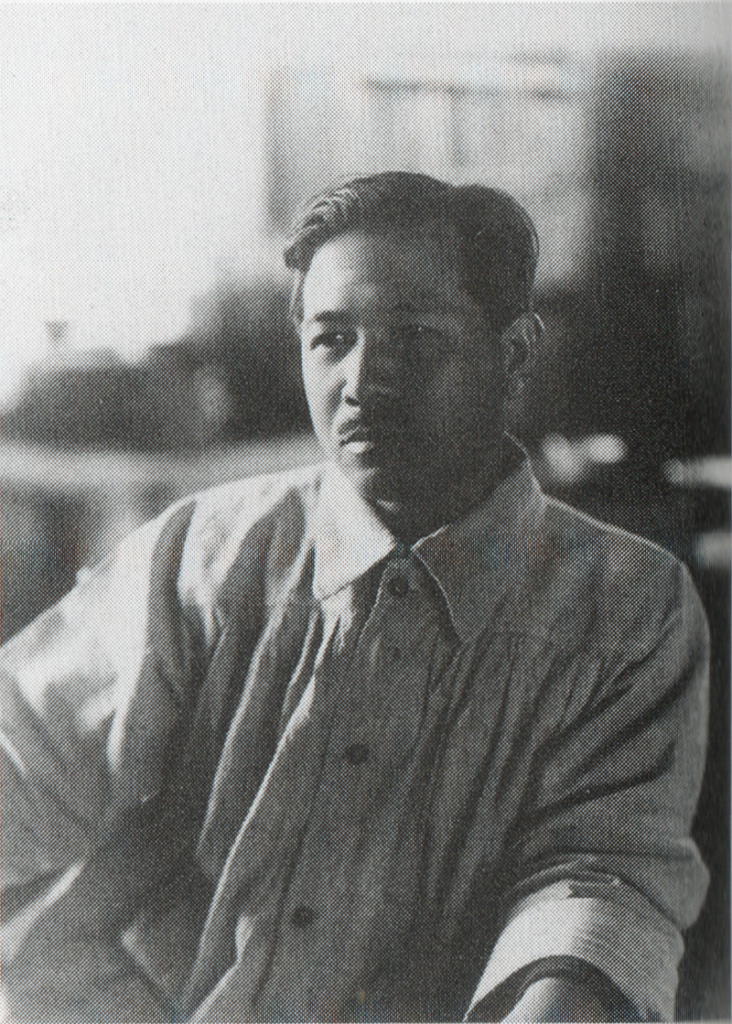
When visiting the Nariwa Museum of Art, one name you can’t miss is Torajiro Kojima—a beloved local artist and a major figure in Japanese art history.
Born in Takahashi City in 1881, Torajiro was one of the pioneers who introduced authentic Western art to Japan. Did you know he personally traveled across Europe to collect masterpieces for Japan’s very first Western art museum, the Ohara Museum of Art in Kurashiki?
Thanks to his incredible eye for art, he brought back works by famous artists like Claude Monet, Paul Gauguin, and El Greco—pieces that are now considered national treasures in Japan.
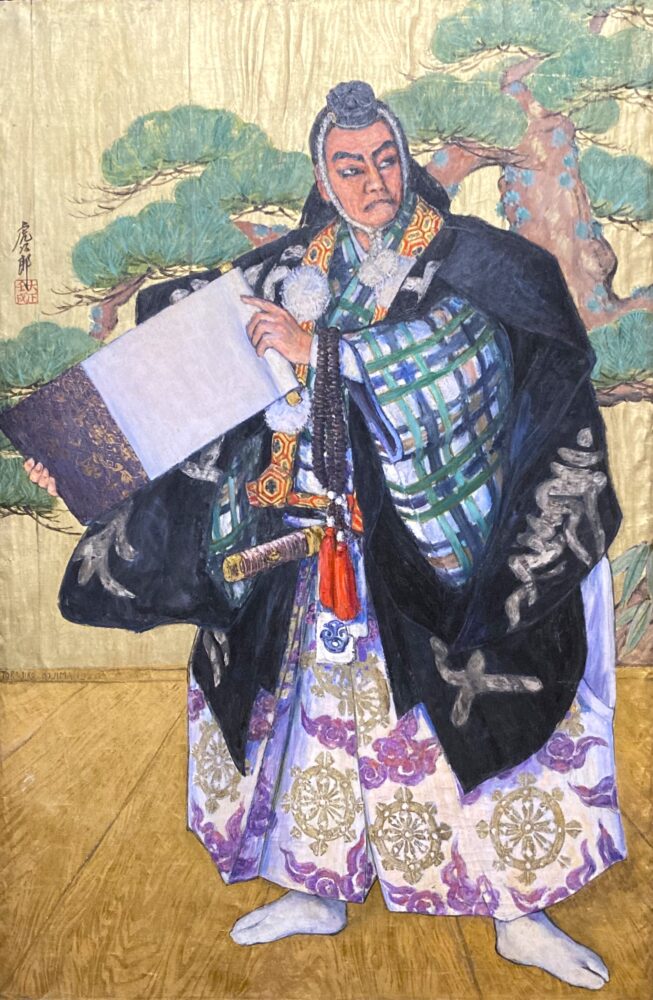
Torajiro wasn’t just a collector—he was also a talented painter. During his studies in Europe, he attended a prestigious art academy in Belgium and created many oil paintings of his own.
The Nariwa Museum of Art, located in Torajiro’s hometown, holds a rich collection of his original works. While they are not always on permanent display, you can often see them featured in special exhibitions.
Let’s take a look at some of his most noteworthy pieces you might encounter during your visit.
Highlights from the Nariwa Museum’s Torajiro Kojima Collection
“Going to School” (1906)
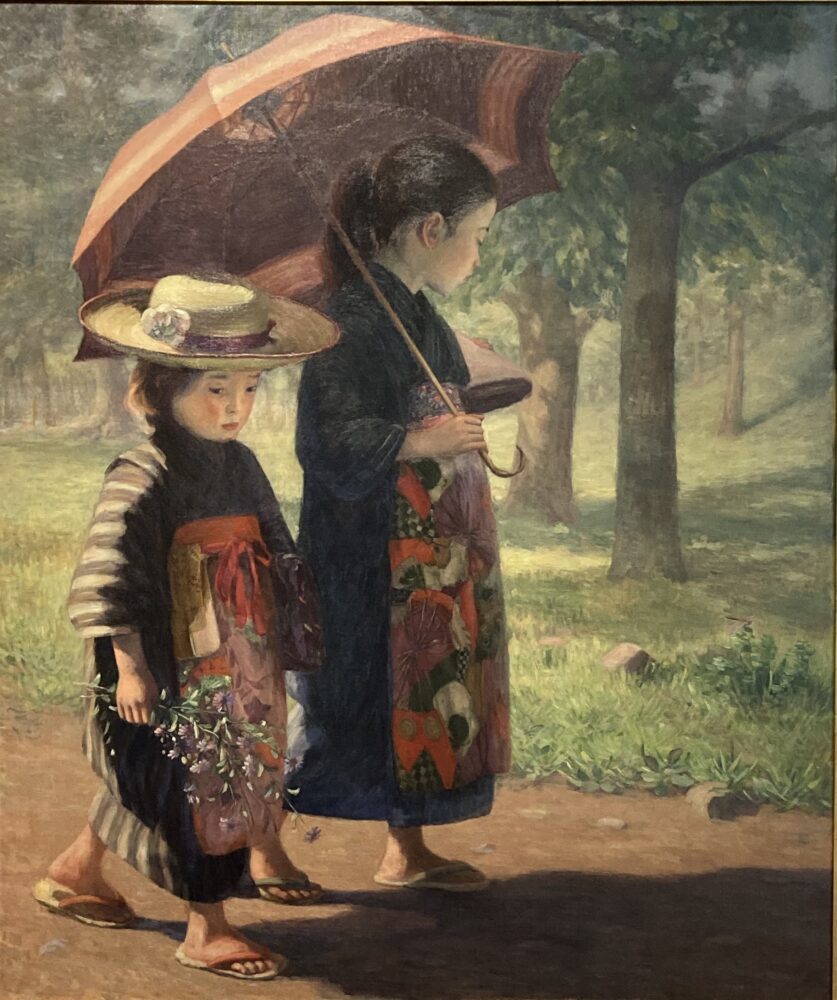
About This Work (Tap or Click to View)
This painting was created while Torajiro Kojima was enrolled in the advanced program at the Tokyo Fine Arts School (now Tokyo University of the Arts), after his graduation.
As the title suggests, it depicts a group of young girls on their way to school. Soft natural light gently illuminates the scene, capturing their modest expressions and natural gestures with a sense of quiet realism.
One charming detail is how the girls wear traditional Japanese kimonos paired with Western-style umbrellas and hats. This unique East-meets-West fashion reflects everyday life in the Meiji era, adding a warm, nostalgic feel to the work.
The composition is also carefully designed—the figures and their shadows form an L-shape, creating a sense of balance and depth. With the girl’s gaze directed toward the right foreground, viewers are drawn into imagining what lies just outside the frame.
Overall, it’s a gentle yet memorable piece that conveys a peaceful atmosphere and emotional warmth.
“Landscape of Grez Village” (c. 1908)
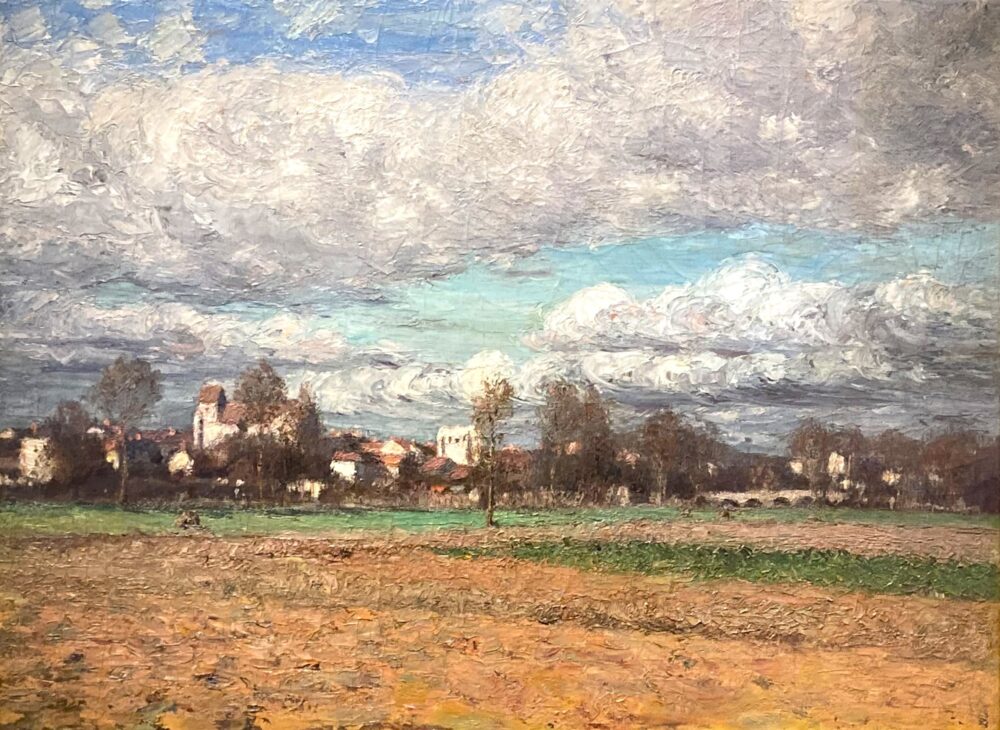
About This Work (Tap or Click to View)
In 1908, Torajiro Kojima traveled to Paris to study art. However, just one month after his arrival, he fell ill with typhoid fever and was hospitalized—a rough start to his journey.
To recover, he moved to the small countryside town of Grez-sur-Loing, located just outside Paris. What started as a short rest turned into a longer stay—he ended up living there for nearly a year, enchanted by the peaceful surroundings.
This painting, “Landscape of Grez Village,” was created during that time.
The canvas is filled with swirling clouds stretching across the sky, with glimpses of blue peeking through. Below, the reddish-orange soil creates a striking contrast with the sky, giving the impression that earth and sky are quietly communicating.
At the time, the art scene in France was embracing bold Fauvism, with artists like Henri Matisse using intense primary colors. But Torajiro took a softer approach, leaning more toward Impressionism.
His use of color is gentle, his brushwork soft. Compared to his earlier academic style, this painting reveals a shift—toward more freedom, atmosphere, and emotional nuance.
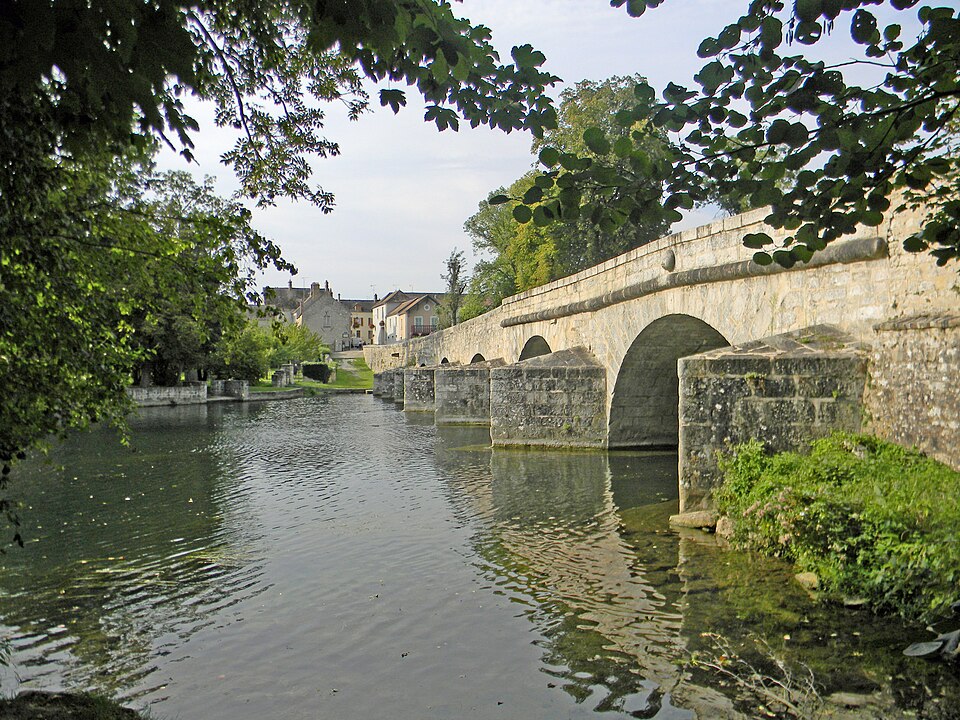
img: by Kurillos77
“Belgian Girl Dressing Kimono” (1910)
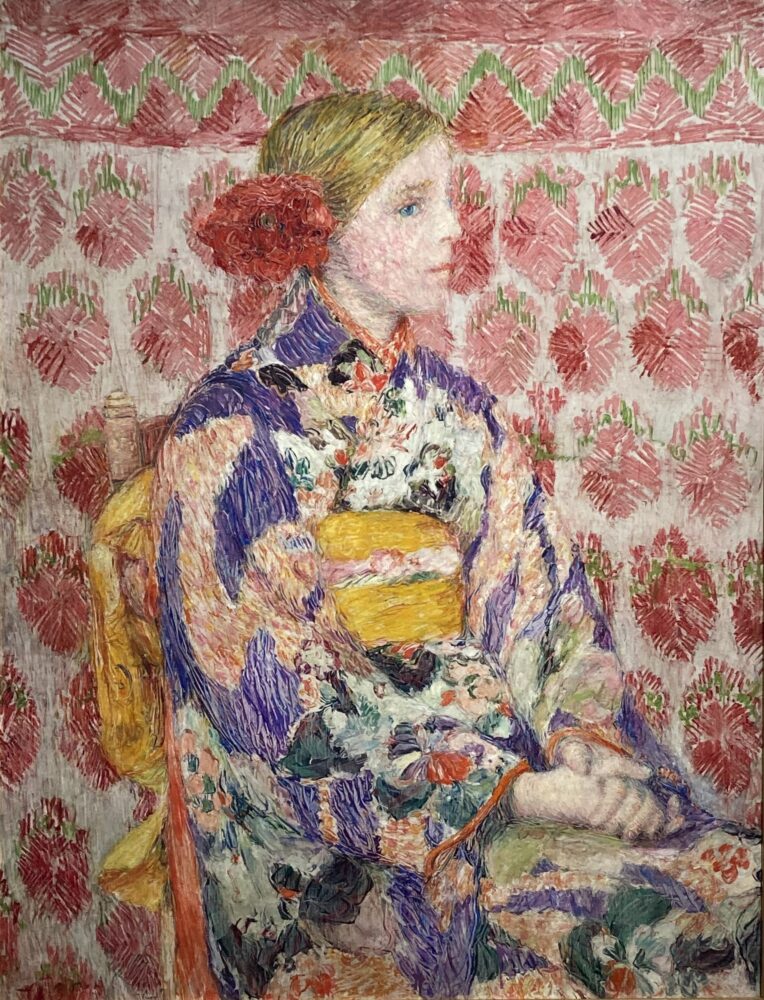
About This Work (Tap or Click to View)
In 1909, Torajiro Kojima moved from Paris to Ghent, Belgium, to continue his studies at the Royal Academy of Fine Arts. There, he met Emile Claus, a leading figure of Belgian Impressionism. This encounter had a major influence on Torajiro’s painting style.
One of the best examples of this change is “Belgian Girl in a Kimono.”
What stands out immediately is the use of color. The kimono the girl wears is strikingly vibrant, bold enough to stand out against the richly patterned textile backdrop. The colors look almost straight from the tube—pure, bright, and full of energy.
The brushwork is equally bold. Instead of soft, transparent strokes, Torajiro applies thick layers of paint, giving the work a sense of strength and physical presence. Even the girl’s skin is painted with textured strokes that add dimension and life to the figure.
If you compare this with “Going to School” (1906), which he painted in Japan, the difference is stunning. The earlier work is quiet and realistic, while this piece bursts with energy and expressive color. It’s a powerful example of how Torajiro absorbed the “light and color” of Europe into his own artistic vision.
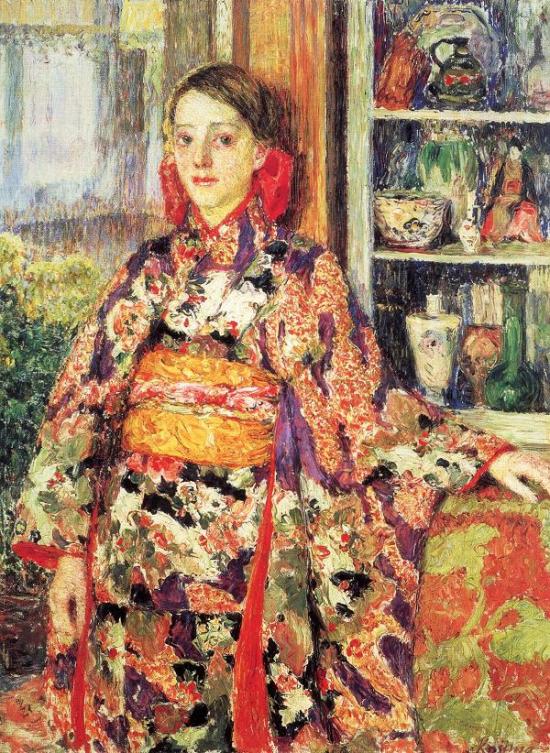
The Ohara Museum of Art in Kurashiki, which Torajiro helped establish, also owns a version of this painting. If you’re interested in seeing more, consider adding the Ohara Museum to your travel plans!
👉 Want to learn more about the Ohara Museum of Art?
Check out our full article

“Autumn” (1913)
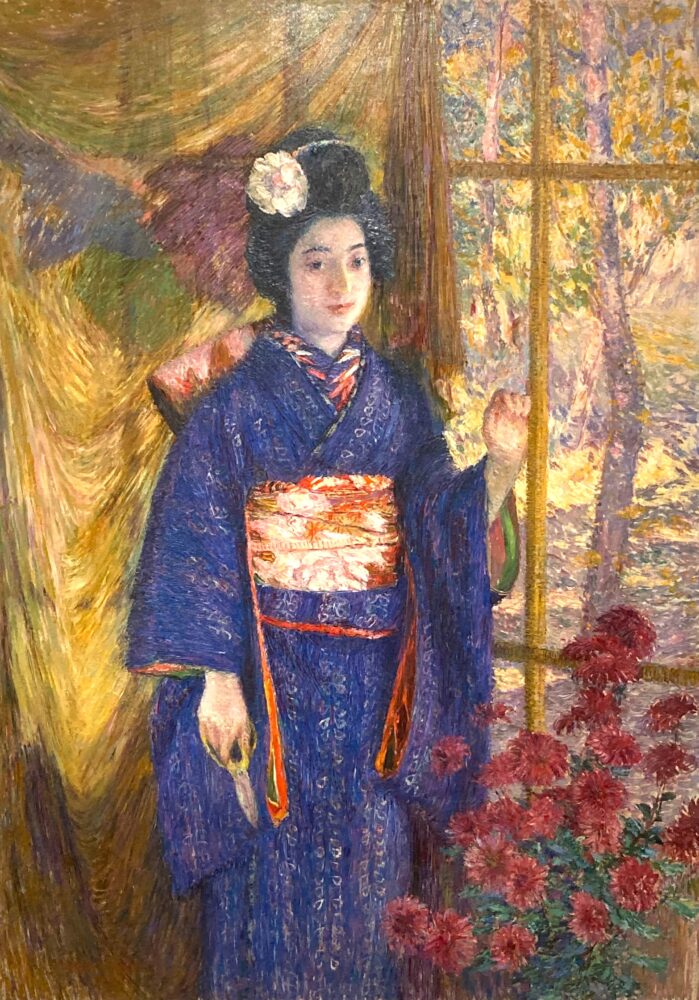
About This Work (Tap or Click to View)
Torajiro Kojima learned from the Belgian Impressionist movement known as Luminism, which emphasized light effects and bright colors. While he adopted techniques like broken brushwork, he remained committed to realism—always preserving the shape and clarity of his subjects.
When Torajiro returned to Japan in 1912, the art scene had changed. Post-Impressionists like Vincent van Gogh and Paul Gauguin were in vogue, and Japanese audiences were drawn to vivid colors and exaggerated forms. By comparison, Torajiro’s refined, realistic style seemed a bit subdued.
But Torajiro didn’t follow the trends. He stuck to the techniques and aesthetics he had developed in Europe, painting with care and conviction.
His commitment shines through in “Autumn.”
A woman in a kimono stands quietly by a window. The deep blue tones in her clothing set a calm, introspective mood. Though the color palette is muted, the painting is far from dull. Torajiro’s delicate brushwork and nuanced handling of light reveal his technical skill and refined sense of beauty.
Unlike the energetic style seen in “Belgian Girl in a Kimono,” this piece is more restrained and intricate. It reflects Torajiro’s efforts to adapt his European influences to the Japanese environment—seeking a balance between tradition and modernity in his own unique way.
“Autumn in Sakazu” (1915–1917)
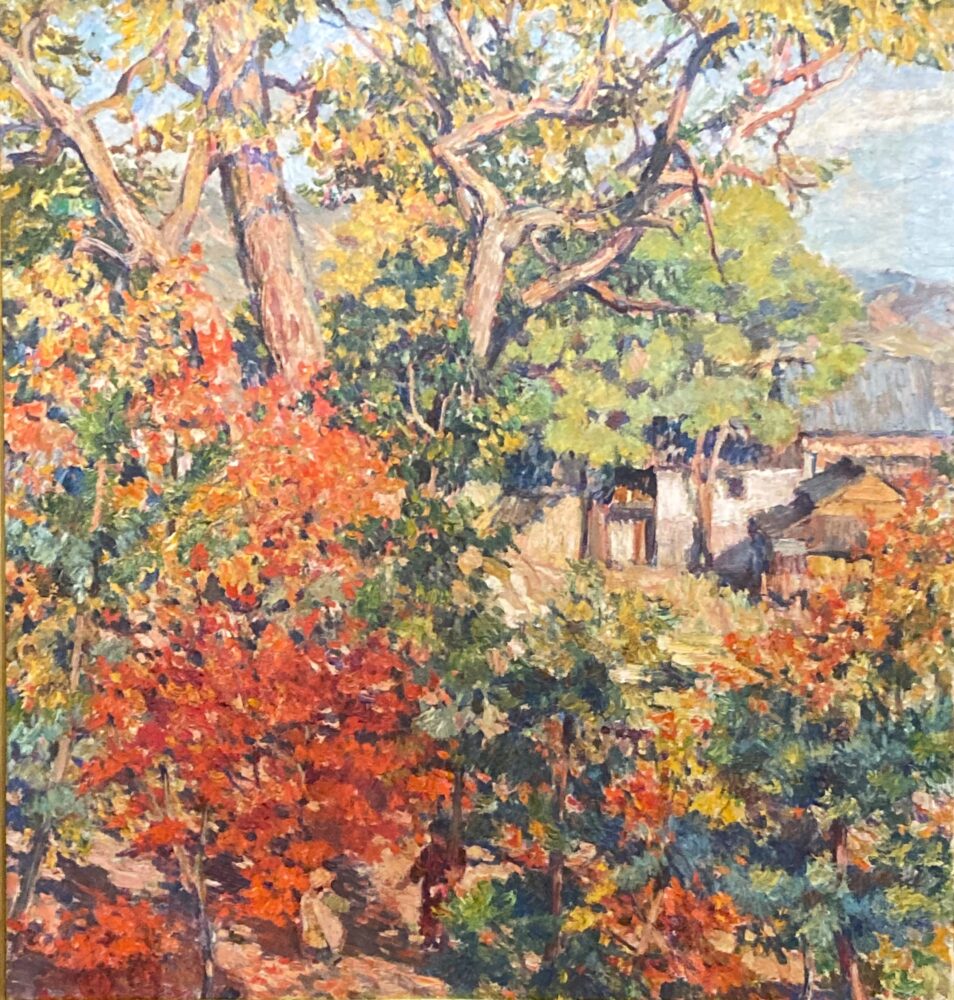
About This Work (Tap or Click to View)
Autumn in Sakazu is a relatively new addition to the Nariwa Museum of Art’s collection, acquired in 2016.
Torajiro painted this work after returning to Japan from his studies in Europe. After getting married, he settled in the Sakazu area of Kurashiki City, where he began observing and painting the everyday scenes of his new life.
In the background, you can see what is likely his home. Look closely at the bottom of the canvas—you’ll spot two tiny figures, most likely his wife and child. Just their presence adds a heartwarming touch to the painting.
The autumn colors of the trees and the expansive sky in the background are vivid yet gentle. The entire composition gives off a calm, content feeling—no dramatic scenes or flashy effects, just a quiet sense of happiness and warmth.
More Highlights at the Nariwa Museum of Art
While the museum is best known for its collection of works by Torajiro Kojima, it actually has a lot more to offer.
The Egyptian Collection
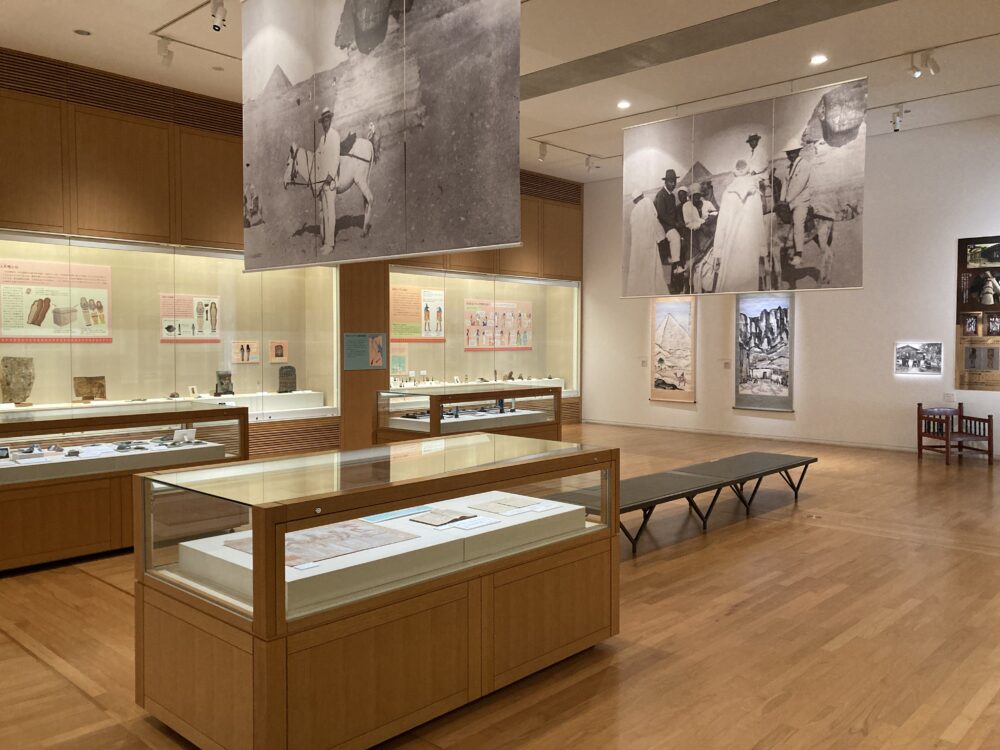
Torajiro Kojima is famous for bringing Western masterpieces like those of Claude Monet and El Greco to Japan. But did you know he was also fascinated by ancient Egyptian art?
It all started with items he purchased from antique dealers in France. By the time of his third trip to Europe, Torajiro even traveled to Egypt specifically to collect more artifacts.
Most of the museum’s Egyptian collection comes from that journey. It includes rare pieces such as fragments of wooden coffins, jewelry, and small statues—giving visitors a chance to connect with a culture more than 3,000 years old.
Plant Fossils from Nariwa
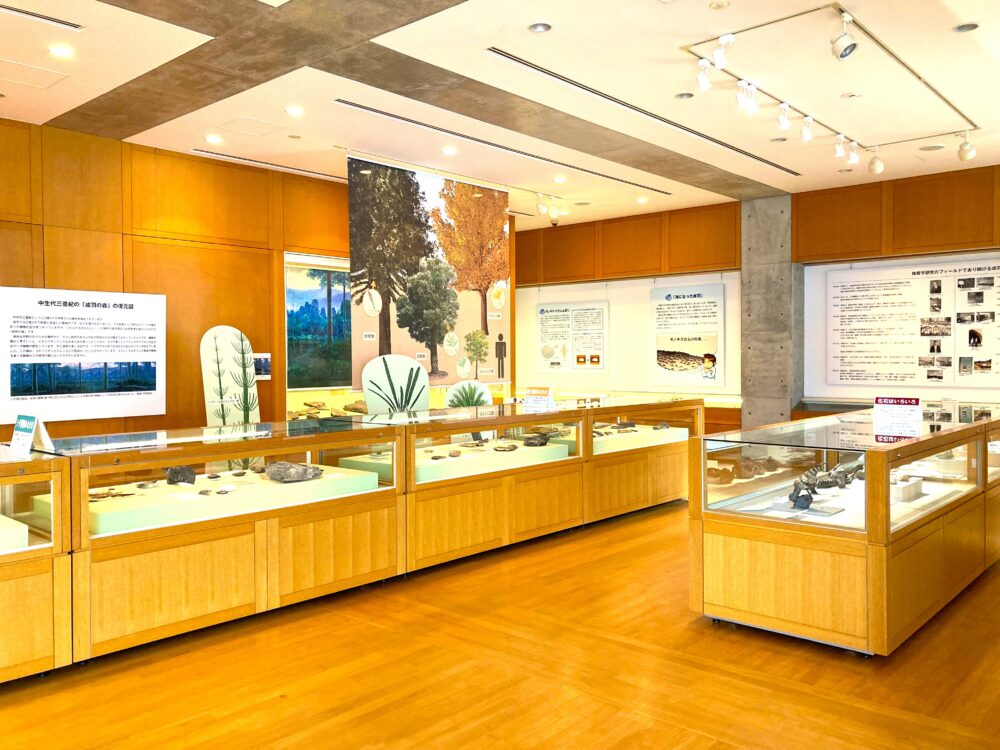
Did you know that Nariwa isn’t just known for art—but also for fossils?
The museum features a permanent exhibit of plant fossils unearthed in the local area. Visitors can view actual specimens up close and learn about the region’s ancient environment.
A highlight of the collection is the Sagenopteris nariawaensis, a fossil discovered in 1967 by a local elementary school student. The name “nariawaensis” actually comes from “Nariwa,” which makes it a point of local pride!
After enjoying the museum’s artwork, don’t miss the fossil gallery.
If art is a record of human creativity, then fossils are a record of ancient life. Different genres, but both offer a way to connect with the past across time.
Visitor Information – Takahashi City Nariwa Museum of Art
Location: 1068-3 Shimohara, Nariwa-cho, Takahashi City, Okayama Prefecture
While You’re in the Area: Don’t Miss Fukiya Furusato Village
Explore the birthplace of “Japan Red”
Just a short drive northwest from the Nariwa Museum of Art is Fukiya Furusato Village, a historical town famous for its production of copper and bengara (red iron oxide pigment) from the late Edo period through the Taisho era.
As you stroll through the village, you’ll see rows of old homes with reddish copper tile roofs and walls finished in traditional bengara plaster. The townscape is quiet, well-preserved, and full of character—like stepping back in time.
In 2020, the area was officially recognized as a Japan Heritage Site under the theme:
“Birthplace of Japan Red – The Town of Bengara and Copper: Bitchu-Fukiya.”
Fukiya is about a 30-minute drive from the museum, making it a great side trip for those already visiting Takahashi. After enjoying the art, take a relaxing walk through this beautifully historic village.
▶ For more details, visit the Takahashi City Fukiya Tourism Association website (Japanese)
References
- Tomoko Matsuoka, Torajiro Kojima Studies, Chuo Koron Bijutsu Shuppan, November 25, 2004
- Takahashi City Nariwa Museum of Art, Torajiro Kojima and the Nariwa Museum of Art, Nihon Bunkyo Shuppan, October 25, 2019
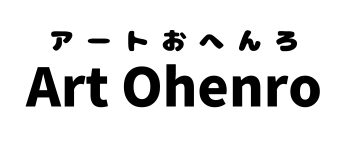











Comments